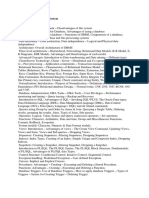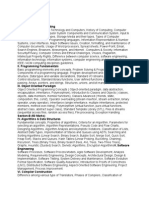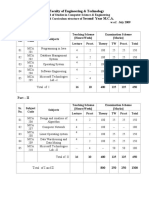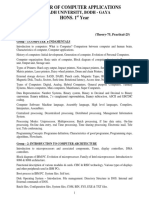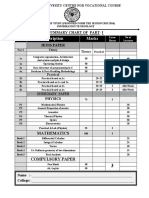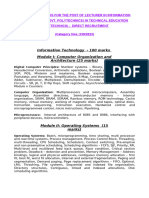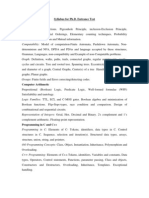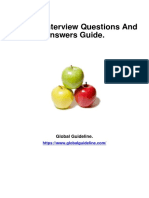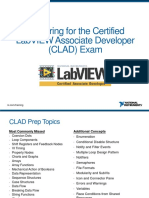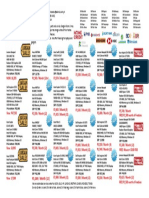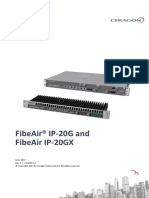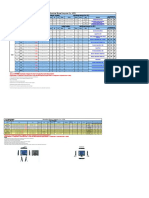0% found this document useful (0 votes)
29 views4 pagesSyllabus of Examinations
The document outlines the syllabus for Part-II of an examination for programmers, covering topics such as Computer Basics, Operating Systems, Database Management Systems, Internet & Web Tools, and System Analysis and Design. It details the number of questions and maximum marks for each section, with a focus on practical implementation and programming concepts. Additionally, it includes advanced topics like data communication, software maintenance, and object-oriented programming.
Uploaded by
DIVYADRISHTI CLASSESCopyright
© © All Rights Reserved
We take content rights seriously. If you suspect this is your content, claim it here.
Available Formats
Download as DOCX, PDF, TXT or read online on Scribd
0% found this document useful (0 votes)
29 views4 pagesSyllabus of Examinations
The document outlines the syllabus for Part-II of an examination for programmers, covering topics such as Computer Basics, Operating Systems, Database Management Systems, Internet & Web Tools, and System Analysis and Design. It details the number of questions and maximum marks for each section, with a focus on practical implementation and programming concepts. Additionally, it includes advanced topics like data communication, software maintenance, and object-oriented programming.
Uploaded by
DIVYADRISHTI CLASSESCopyright
© © All Rights Reserved
We take content rights seriously. If you suspect this is your content, claim it here.
Available Formats
Download as DOCX, PDF, TXT or read online on Scribd
/ 4



